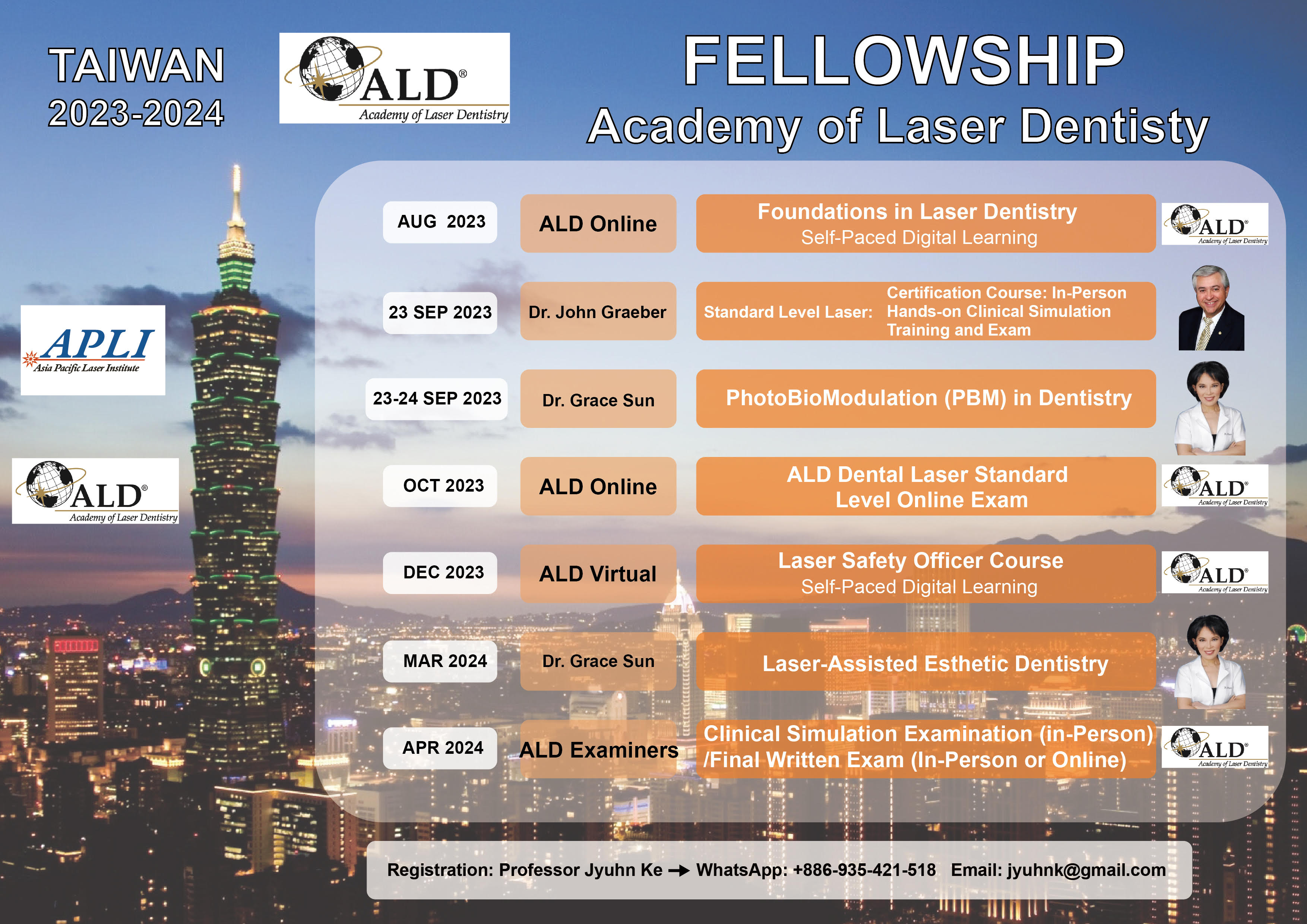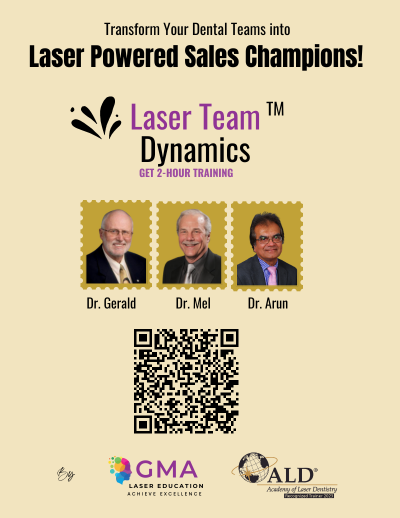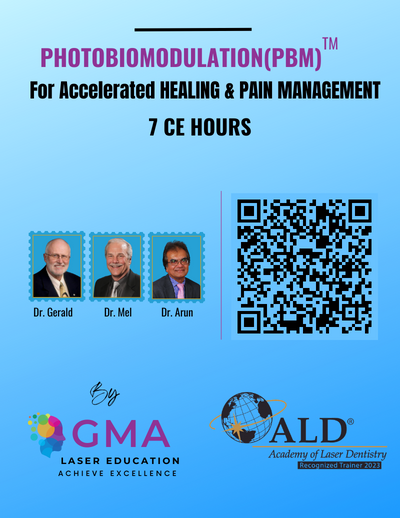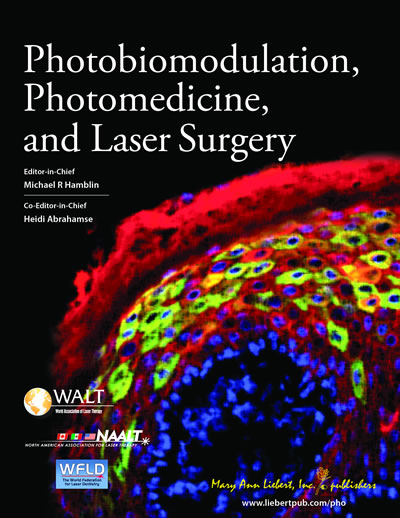
It's been over 25 years since I became aware that a fire could occur intra-orally. One of my mentors in implant dentistry shared a story of soldering titanium metal together with Nd:YAG laser. The patient died from a spark that ignited a high-flow oxygen from a nasal canula. Well, at the time I was not interested in dental lasers and felt this could not happen to me. Ten years later, I started doing IV sedation for the comfort of my patients. Going through my coursework, I was again introduced to fires created by an electro-surge. Working now with erbium lasers, I was aware that this laser created sparks. Ten years later, I started doing IV sedation for the comfort of my patients. Going through my coursework, I was again introduced to fires created by an electro-surge. Working now with erbium lasers, I was aware that this laser created sparks.
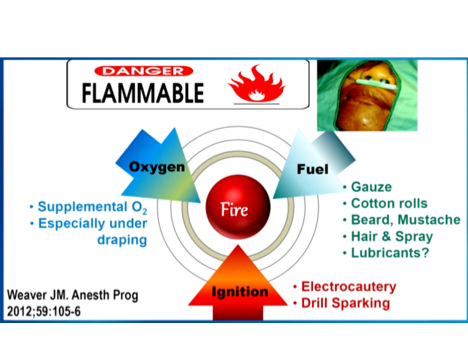
This article written in 2012 discusses the danger created with intra-oral fires.1 The article states that the risk decreases by turning off supplemental oxygen for one minute, and allow patients to only breathe environmental air. The introduction of 9300nm CO2 laser, which creates the most sparking, while removing hard tissue. The photo to the below shows the 9300nm CO2 sparking during a surgical procedure.

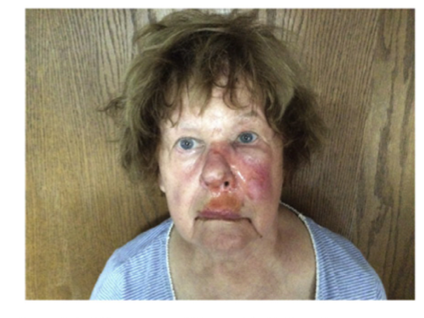

Sparking can happen without the use of a laser, cutting titanium fixture, cutting a stainless-steel crown, removal of zirconium crown intra-orally. An article written in Today's Dental News, discussed a fire created by a dentist polishing a tooth with a diamond bur on his five-year old patient. The patient again had a throat pack that got ignited, the fire lasted only 2-3 seconds, but created injuries that were permanent3. Although the occurrence of such fires in the dental office is rare, it is important to understand the causes, prevention and management should one occur. An estimated 650 surgical/airway fires occur annually in the United States resulting in at least two to three patient deaths per year and numerous injuries4.
Prevention is key in reducing the risks of dental fires. You need to identify oxidizers (oxygen/nitrous oxide) that increase risk of a fire. Identify fuel sources (gauze, nasal hood, facial hair, lubricants, cotton rolls, etc). Identify heat sources (cautery, lasers, cutting metals and zirconium). If fire occurs you need to disconnect the oxygen source, high volume suction to evacuate excess oxygen, smother or pour water on fires (have on hand 50-60ml syringe of water on hand). Never use petroleum-based jelly, instead use soluble jelly (K-Y Jelly). If using a throat pack, moisten them5.
This year, there have been two reported cases of laser fires. The patients have died from the injuries involving both cases. One that I know the situation: CRNA (Certified Registered Nurse Anesthetist) involved with the sedation for a Periodontist performing Laser-Assisted Periodontal Therapy, throat pack in place, 6 liters of supplemental oxygen was on board. The laser caught the throat pack on fire, the patient died of injuries occurred from oral injuries.
ALD is providing this information as education and prevention, so members don’t make these mistakes.
References:
1). Weaver JM. Fire hazards with ambulatory anesthesia in the dental office. Anesth. Prog. 2012;59:105-106.
2). Bosack R. Bruley M. Van Cleave A. Weaver J. Patient fire during dental care: A case report and call for safety. JADA. 2016:147(8):661-668.
3). Davis M. Only you can prevent oral fires. Todays Dental News. Jan 2020.
4). Waren E. McAuliffe M. Fire safety in the dental practice: a literature review. J Ir. Dent Assoc. 2011:57(6):311-315.
5).Brady J. Fonner A. Airway fire checklist added to ten minutes saves a life. ADSA. 2021. Vol.53(1): 12-15.


